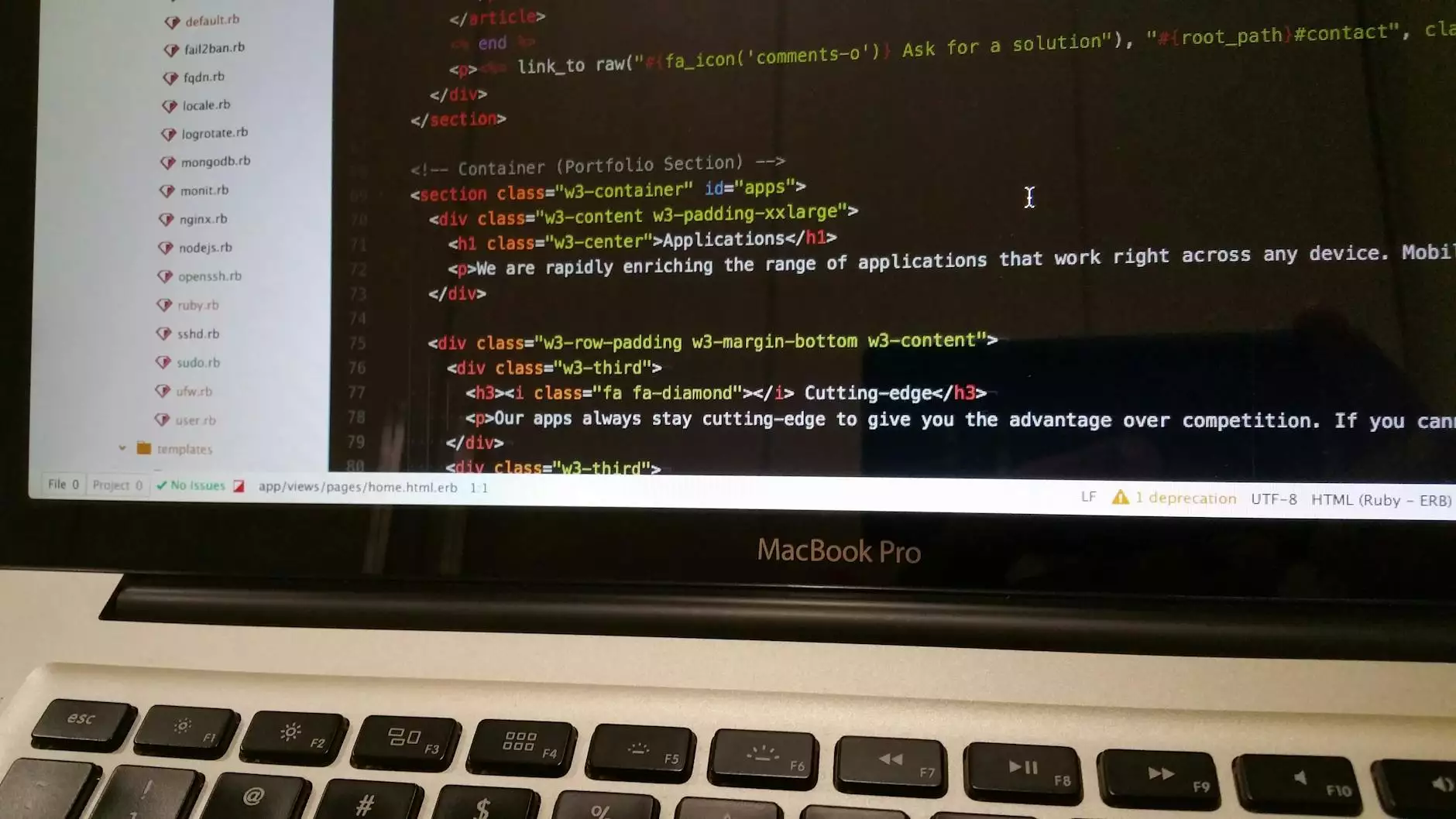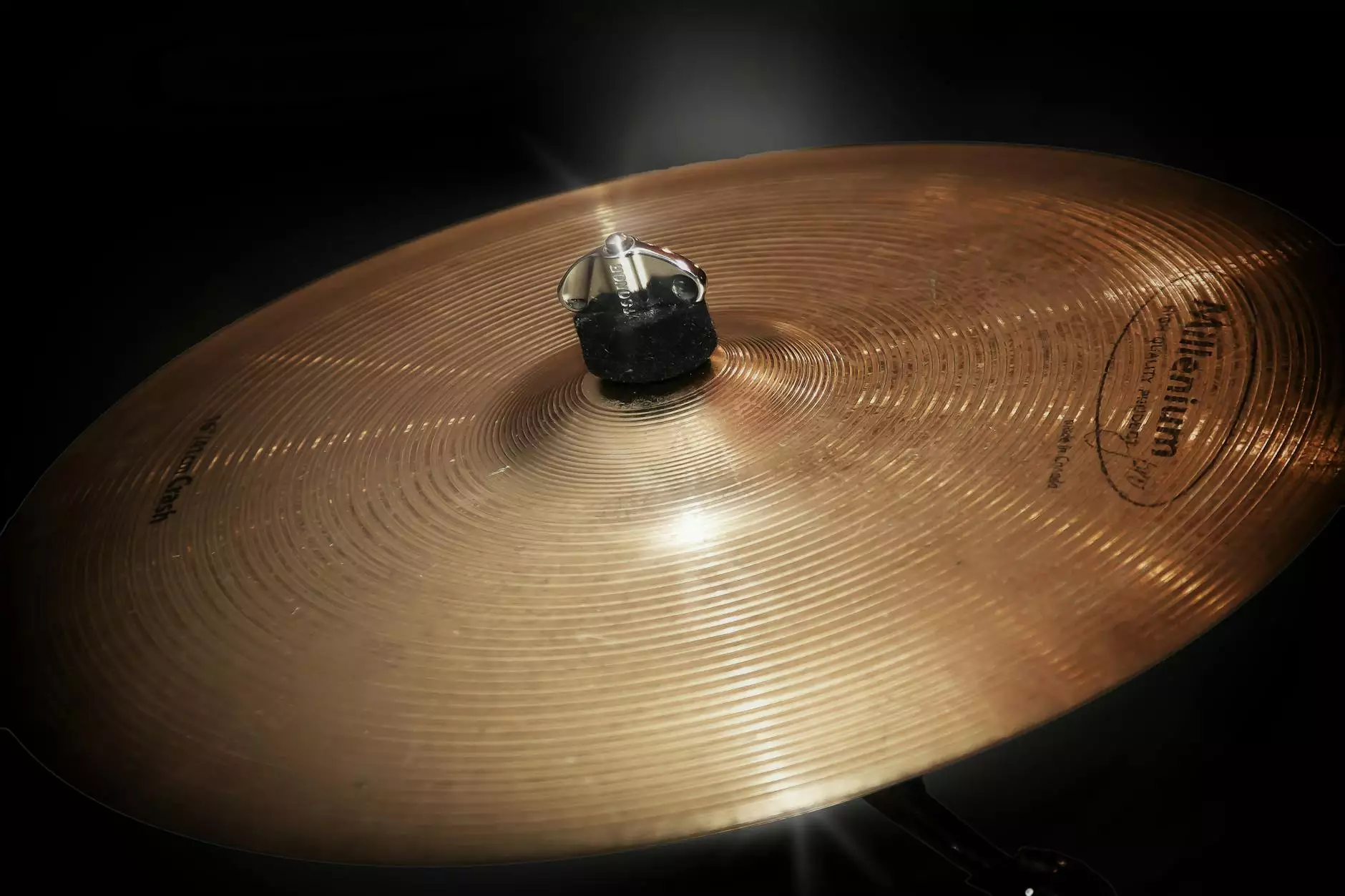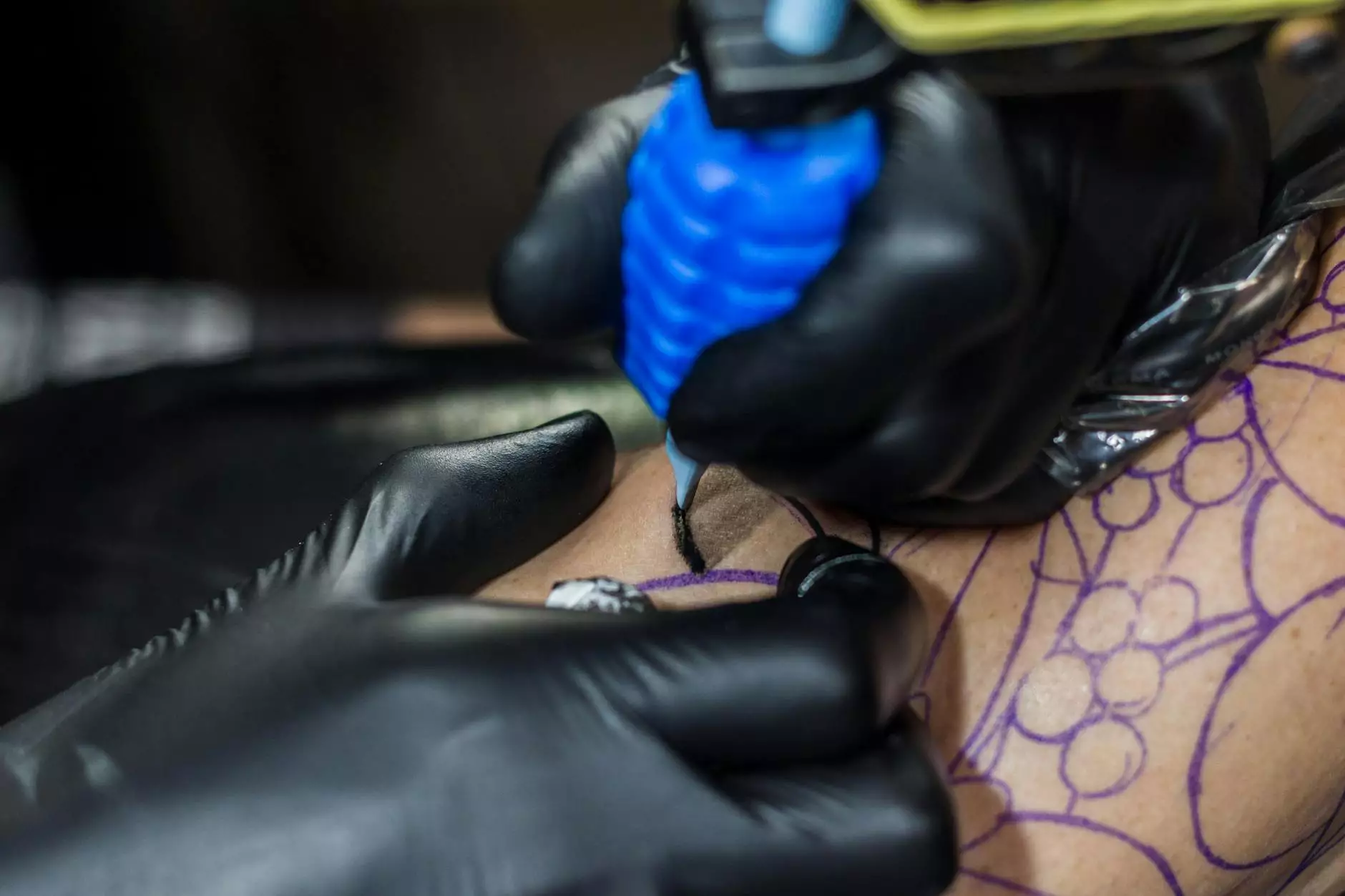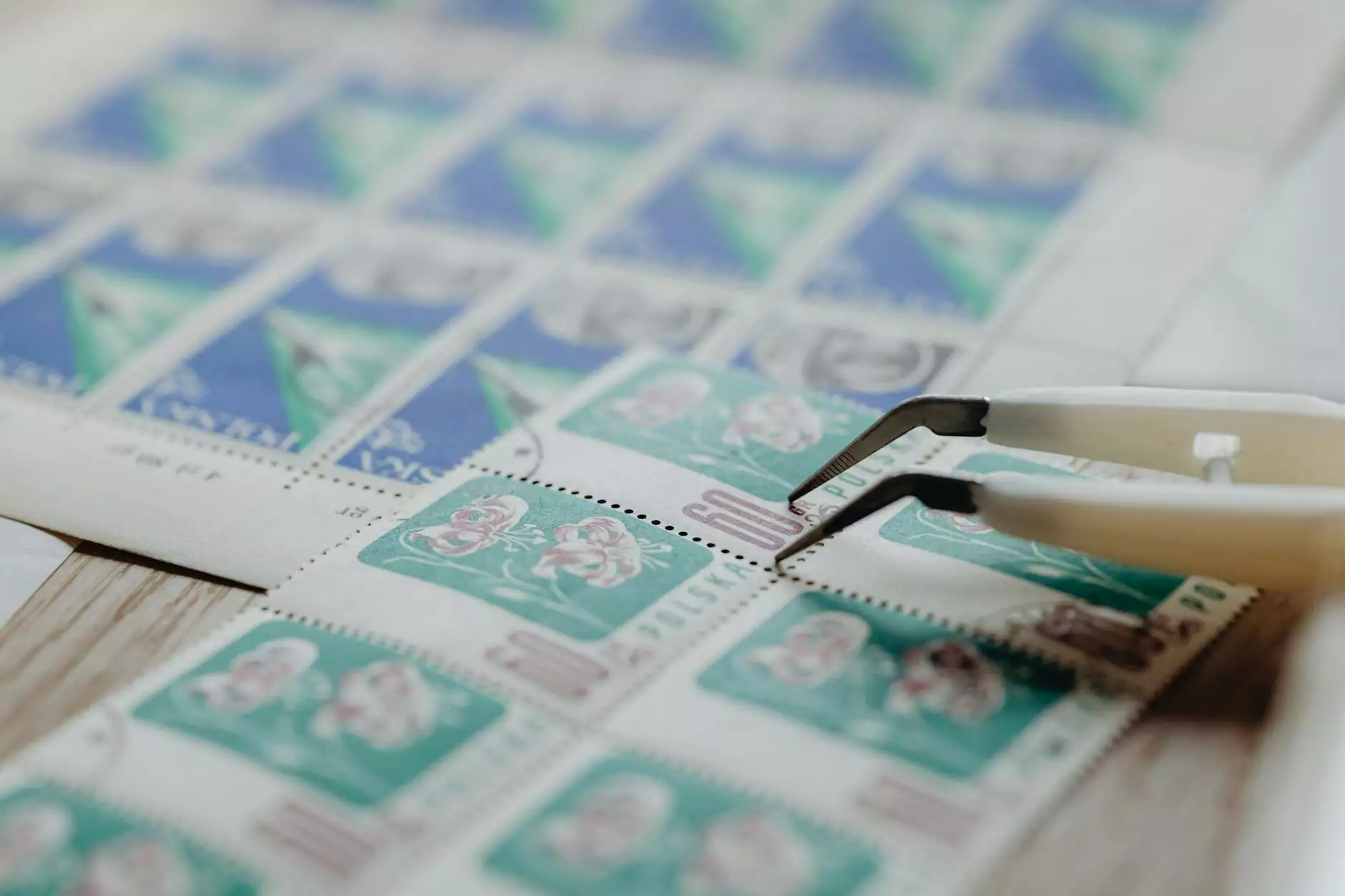Understanding New Runner Foot Pain

For many individuals, taking up running is a transformative experience. However, with this new venture often comes the unwelcome companion of new runner foot pain. Understanding the causes, symptoms, and preventive strategies is crucial for ensuring that this new chapter in your fitness journey remains enjoyable and rewarding. In this comprehensive article, we will delve into the nature of foot pain associated with new runners and provide invaluable insights into how to manage it effectively.
What is New Runner Foot Pain?
New runner foot pain refers to the discomfort and pain that individuals may experience in their feet or lower limbs when they start a running program. This pain can arise from various factors, including:
- Improper footwear
- Overtraining
- Biomechanical issues
- Inadequate warm-up and cool-down practices
- Changes in running terrain
Common Causes of New Runner Foot Pain
Understanding the common causes of foot pain is essential for new runners to make informed decisions about their training regimes. The following are the most prevalent causes:
1. Improper Footwear
Wearing the wrong type of shoes can dramatically affect your performance and comfort while running. Shoes that lack sufficient cushioning, support, or are ill-fitting can lead to:
- Blisters
- Calluses
- Fallen arches
- Plantar fasciitis
2. Overtraining
New runners often succumb to the enthusiasm of starting a new fitness program, leading them to rapidly increase their mileage. This can result in:
- Stress fractures
- Tendonitis
- Muscle strain
3. Biomechanical Issues
Some runners may have inherent biomechanical issues, such as overpronation or supination, which can contribute to foot pain. These tendencies can put excessive strain on specific areas of the foot and lower limbs.
4. Inadequate Warm-up and Cool-down
Failing to prepare your body for the rigors of running can lead to injuries. A proper warm-up increases blood flow to the muscles, while a cool-down aids in recovery. Without these practices, runners are more susceptible to:
- Muscle tightness
- Inflammation
- Injury
5. Changes in Running Terrain
Transitioning from a flat surface like a treadmill to uneven trails or hills can shock the feet and legs, leading to discomfort and injuries.
Symptoms to Watch For
Recognizing the symptoms associated with new runner foot pain is vital for prompt treatment. Common symptoms include:
- Aching or throbbing pain in the feet
- Swelling in the feet and ankles
- Stiffness upon waking or after long periods of inactivity
- Difficulty walking or running without pain
Strategies for Preventing Foot Pain in New Runners
Preventive measures play an essential role in avoiding foot pain and injuries. Here are several strategies new runners can adopt:
1. Choosing the Right Footwear
Make it a priority to invest in a quality pair of running shoes. Here are some tips to consider when purchasing:
- Visit a specialty running store for a professional fitting.
- Look for shoes that provide adequate arch support.
- Ensure that there is enough cushioning to absorb impact.
- Consider your foot type (flat, neutral, or high arch) when selecting shoes.
2. Gradual Progression in Training
New runners should establish a training plan that allows their bodies to adapt slowly. Follow the 10% rule, which suggests increasing your mileage by no more than 10% per week. Incorporate:
- Rest days to facilitate recovery.
- Cross-training activities to build strength without excessive strain on the feet.
3. Strengthening and Stretching Exercises
Focusing on strengthening your feet and ankles, as well as proper stretching, can help minimize pain. Consider the following exercises:
- Toe raises
- Heel drops
- Calf stretches
- Foot rolling on a tennis ball to relieve tightness
4. Implementing Warm-up and Cool-down Routines
To prepare your body for running, include at least 5-10 minutes of warm-up exercises that focus on mobility and flexibility. Post-run, take the time to cool down to allow muscles to recover. Incorporate:
- Dynamic stretches as part of your warm-up.
- Static stretches as part of your cool-down.
Treatment Options for New Runner Foot Pain
If you experience new runner foot pain, it’s essential to address it promptly to prevent it from becoming a chronic issue. Here are several treatment options:
1. Rest and Ice
Allow your body time to heal by resting. Apply ice to the affected areas for 15-20 minutes several times a day to reduce inflammation.
2. Over-the-Counter Pain Relief
Nonsteroidal anti-inflammatory drugs (NSAIDs) such as ibuprofen or naproxen can help alleviate pain and reduce swelling.
3. Physical Therapy
If pain persists, consider consulting a physical therapist for personalized treatment plans that may include:
- Manual therapy
- Therapeutic exercises
- Guidance on proper running techniques
4. Custom Orthotics
For those with significant biomechanical issues, custom orthotics can provide the support needed to help reduce foot and lower limb pain.
Consulting a Podiatrist
If your new runner foot pain doesn’t improve with self-care, it might be time to consult a podiatrist. A qualified podiatrist can provide:
- A detailed assessment of your foot structure and gait.
- Personalized recommendations for treatment and prevention.
- Strategies to manage existing pain effectively.
Conclusion
Starting a new running routine can bring immense health benefits, both physically and mentally, but being mindful of potential new runner foot pain is crucial for an enjoyable experience. By understanding the causes, implementing preventive measures, and knowing when to seek help, new runners can enjoy a successful and pain-free journey on the trails and roads ahead. Remember, your feet are your foundation—treat them well, and they'll carry you through every mile.









